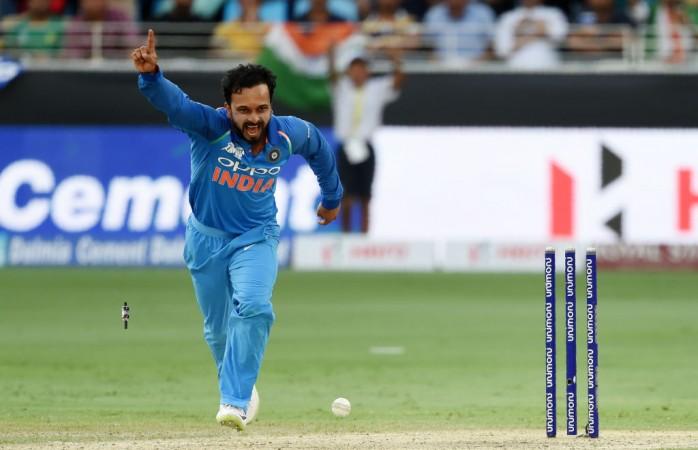After their series win in Australia and New Zealand, the Indian team looks well-settled for the World Cup. The management has identified a number of players for different positions and this bodes well for the side.
Former Indian captain and coach Anil Kumble believes that India's bowling is well-rounded and this is what could give India the edge. Back in the day, India had the option of Sachin Tendulkar, Virender Sehwag, Sourav Ganguly as players who could roll their arms over and bowl crucial overs in the middle phase. And this is where Kedar Jadhav holds the key for this current side.
The impact of Kedar Jadhav

"Whenever they have got the opportunities, Kedar Jadhav has done really well at number six. Number six is a position as you know is not easy," Kumble told CricketNext.
The diminutive player has been a canny operator with the ball and keeps chipping away at the wickets, which provides a great cushion for the captain.
"Kedar probably relishes when the batsmen are going after him. But I don't think he will have so much control if the batsman just look to get six singles off him and if they do it for two overs, I am sure in the third over, Kedar would look to get a wicket. And that's when you capitalise," he added.
India's biggest strength in the middle phase has been the wicket-taking prowess of their wrist-spinners. They have been brilliant for India over the recent past and Kumble expects more of the same from them.
"I think the average number of wickets they've picked up is 4 to 5 in a match when they've played together. So, that's phenomenal and that's what has given India these results over the last couple of years because they've been able to pick wickets in the middle overs and that's what has put pressure on the opposition batsmen," he added.
The former captain also says that the duo bowling together puts a lot of pressure on the batsmen, especially when they are not picking them as there is no ease in their attacking mindset.
"I think as a batsman you're constantly thinking if only one bowler is bowling and you're not able to pick him, you'd rather look for those 4-5 runs per over and then attack from the other end. But if the other end is also another wrist spinner who you're unable to pick then you have to go after one of them and that's when they get wickets. So, you'll have to at least get 10-12 overs between the two of them together," he said.









!['Had denied Housefull franchise as they wanted me to wear a bikini': Tia Bajpai on turning down bold scripts [Exclusive]](https://data1.ibtimes.co.in/en/full/806605/had-denied-housefull-franchise-they-wanted-me-wear-bikini-tia-bajpai-turning-down-bold.png?w=220&h=138)



